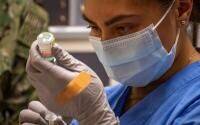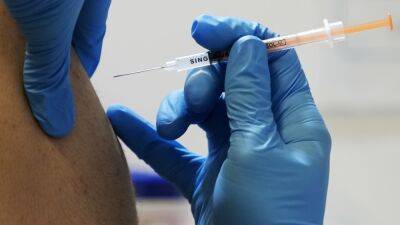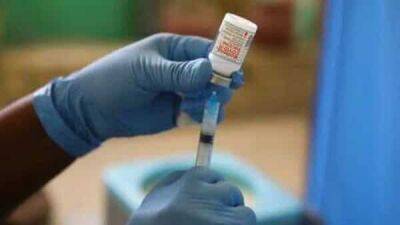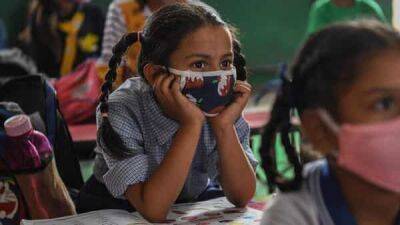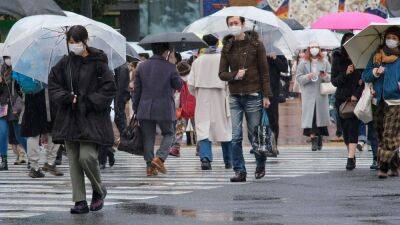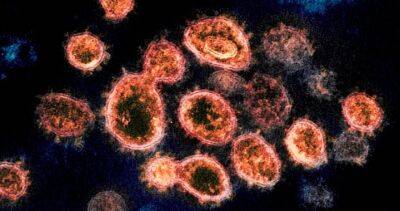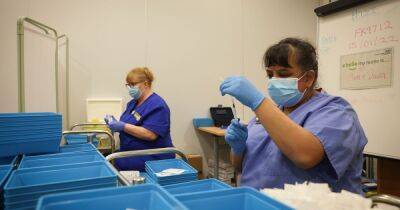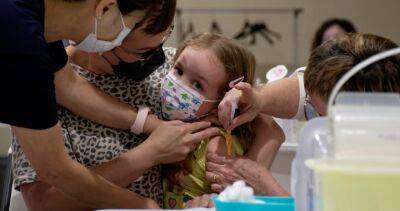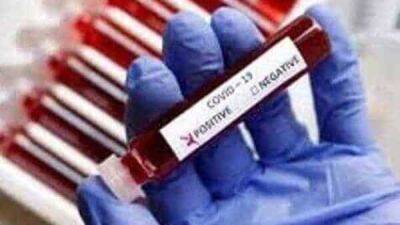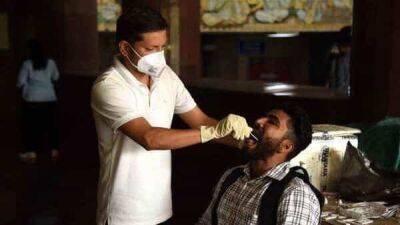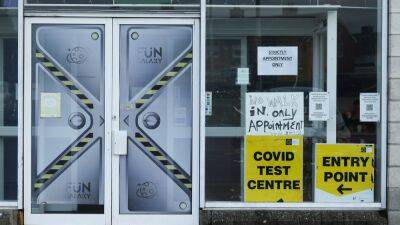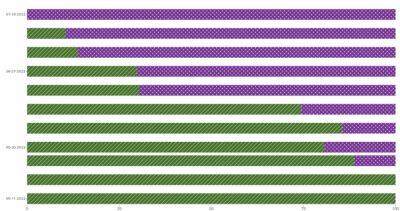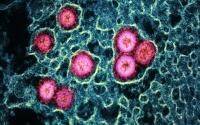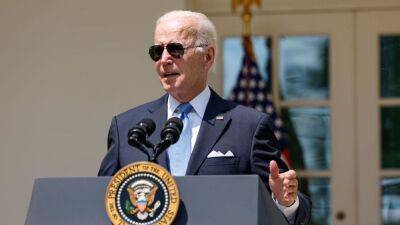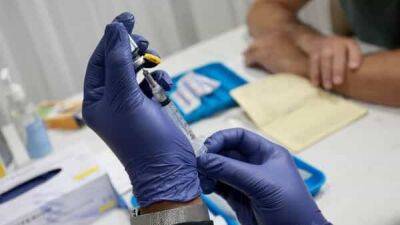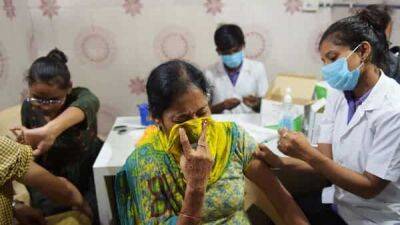6% of kids tested for COVID at EDs had symptoms at 90 days
Nearly 6% of children who visited emergency departments (EDs) for COVID-19 testing, including nearly 10% of those hospitalized and 5% of those released from the hospital, reported symptoms of long COVID 90 days later, finds an international study led by researchers from the University of Calgary in Canada and UC Davis Health.Risk factors included hospitalization for 48 hours or more, the reporting of at least four long-COVID symptoms at the ED visit, and age 14 years or older.The study, published today in JAMA Network Open, involved 90-day follow-up of 1,884 children seen in 36 EDs in 8 countries from Mar 7, 2020, to Jan 20, 2021, including 1,686 children matched to 1,701 uninfected controls, from Mar 7, 2020, to Jan 20, 2021.Fatigue and respiratory, systemic symptomsAmong the 1,884 infected children, the median age was 3 years, and 52.8% were boys.
Overall, 110 COVID-19 patients (5.8%; 95% confidence interval [CI], 4.8% to 7.0%) reported long-COVID symptoms, including 44 of 447 children (9.8%; 95% CI, 7.4% to 13.0%) hospitalized for their infections and 66 of 1,437 outpatients (4.6%; 95% CI, 3.6% to 5.8%).The most common individual symptom among all COVID-positive children was fatigue or weakness, at 1.1%, while the most-cited long-COVID symptoms among the 110 with long COVID were respiratory (34.5%) and systemic (30.0%).Risk factors for reporting at least one symptom at 90 days were hospitalization for at least 48 hours, relative to no hospitalization (adjusted odds ratio [aOR], 2.67; 95% CI, 1.63 to 4.38); having four or more symptoms in the ED, compared with one to three symptoms (four to six symptoms: aOR, 2.35; 95% CI, 1.28 to 4.31; seven or more symptoms: aOR, 4.59; 95% CI, 2.50 to 8.44), and age 14 years or
Read more on cidrap.umn.edu